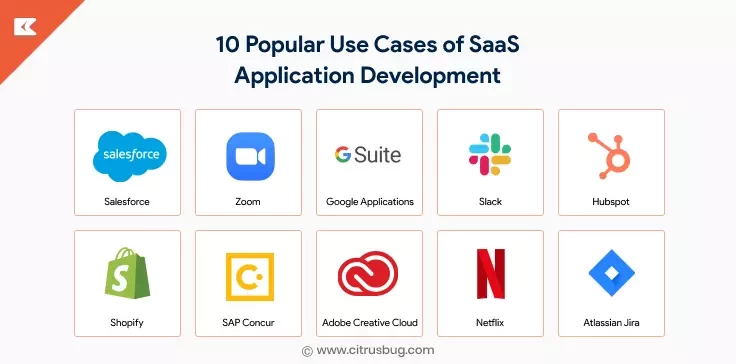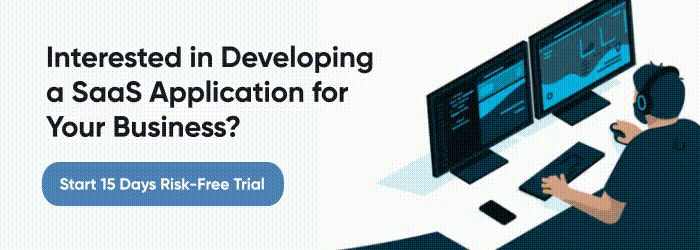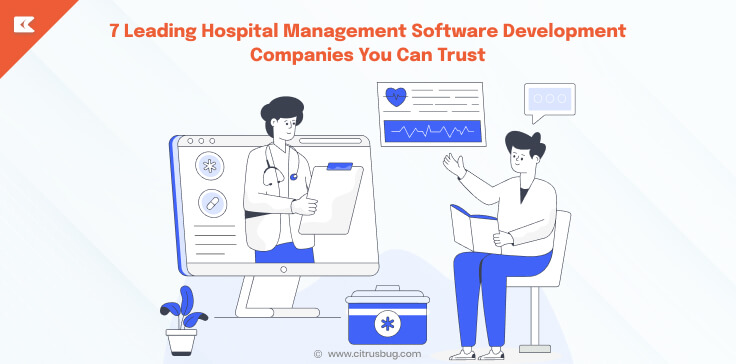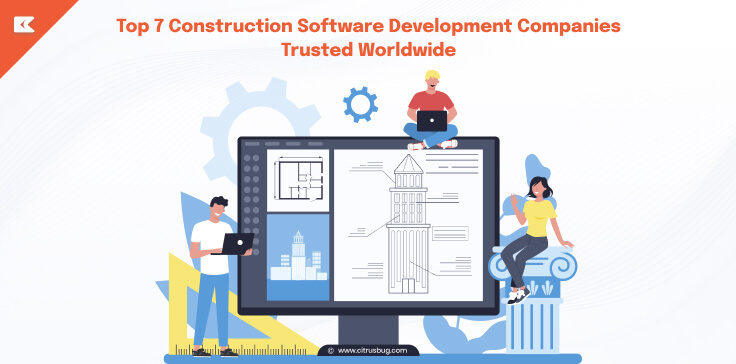10 Popular Examples Of SaaS Applications [Proven Strategies]
- March 24, 2022
-
6245 Views
- by Ishan Vyas
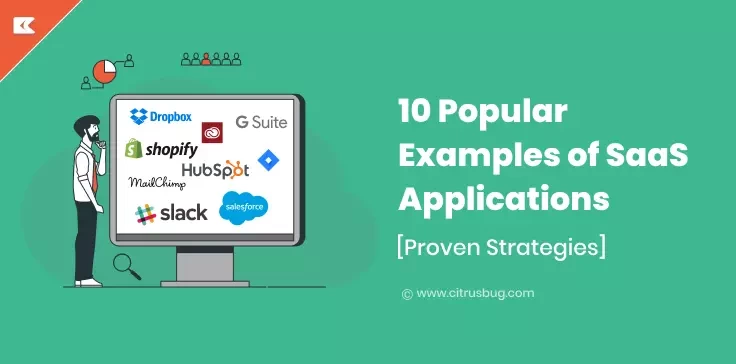
Software as a service is one of the most admired and adopted business models that leverage increased ROI for providing company as well as for its users, making it a win-win situation at both ends. Gartner predicts that in 2021 end-user spending in public cloud app development services will be $396 billion. This figure is projected to increase 21.7% in 2022 to $482 billion, around $171 billion of which is expected to be occupied by SaaS.
From software development to the entertainment and Finance industry, SaaS application development has covered almost every niche and today you can see many examples of SaaS applications around you. Before jumping into the popular SaaS examples and their companies, let us first understand what exactly Software as a Service model is, and why so many businesses are inclined towards investing in it!
What is a SaaS (Software as a Service) application?
There are majorly 3 cloud-based services – SaaS, PaaS and IaaS from which SaaS is the most popular one. It is referred to as a cloud-based model in which all the maintenance work of software including updates, delivery, improvisations etc. are done by the operating organization.
While users just have to pay the subscription charges on a monthly or yearly basis. Many popular SaaS-based services are available for free with certain limitations like Google Drive & Slack.
Why has SaaS Application Development Services Become So Popular?
Now you must be wondering why these SaaS applications and SaaS application development services are becoming so demanding.
Well, the most fabulous hallmark of web-based SaaS apps is that not only you but everyone around the globe can access the information of your data by simply logging in. This means that you no longer have to store data on the computer’s hard drive.
Sounds amazing, isn’t it? Anyone having an internet connection and login credentials can use the software.
It really is and especially, in this unprecedented time of Covid-19 spread, these SaaS applications have grown enormously to cater to the needs of remote working teams.
In the graph below, you can see the rise of video chat apps alone amid the lockdown.
Besides this cloud-based data storage advantage which is by far very much essential for remote teams, let’s look at the other perks which make these SaaS application development solutions even more convincing.
- Low initial cost:- If you want to develop your custom software, it is definitely going to cost you a fortune and will burn your pockets deep if you were to add some complex functionalities.
- Reduced Time:- SaaS applications can save a tremendous amount of your time because all the updates and improvisations are offloaded to the provider. So, you can focus on your core business without being worried about the recent technological advancements.
- Scalability:- This is another imperative feature of the SaaS model for small businesses that face frequent transitions in their process. As all SaaS applications are subscription-based, you have the flexibility to change your plan according to your needs.
- Try and use:- Most of the premium brands and providers always offer a free trial to use their SaaS app first. Hence, pay only if it solves your problem and satisfies your needs, else just move away and find the alternative without wasting a single penny, as simple as that.
10 Popular Examples of SaaS Application Development
Now let’s jump directly to popular examples of SaaS apps and look at how these big brands, as well as startups, have brought a revolution in the IT industry by providing the most successful and thriving SaaS applications. If you’re considering developing your SaaS application, collaborating with a dedicated MVP development company can help you build and refine your product to meet market demands efficiently. Below are the 10 Popular SaaS examples:
1. SalesForce
This is arguably the top-most accredited cloud-based CRM (customer relationship management) aimed to boost the sales of organizations by managing all the leads and prospects in one place.
With such massive users and customer base over a period of a decade, this American based firm is an esteemed example of SaaS applications that are driving the lucrative ROI for many small and medium-sized businesses with their elite sales paradigms.
USP: A top-notch platform that offers across the board solutions for customer relationship management and sales team management.
Launch Year: 1999
Revenue: $33.954 billion (2022)
Official website: Salesforce
2. Zoom
The pandemic made us adopt virtual meeting platforms and the world welcomed Zoom, a video conferencing platform, with open arms. Be it educational classes, professional meetings or personal meetings, Zoom has become an essential part of our lives.
Backed by a robust cloud platform, Zoom allows users to have virtual meetings, conferences, webinars and events. It has many simple-to-use features such as screen sharing, live chats, admin control, etc. The pandemic brought a lot of video communications companies to the surface but Zoom’s seamless performance and easy-to-use interface.
USP: All-in-one video communications platform with top-of-the line features and super-easy interface.
Launch Year: 2011
Revenue: $4.527 billion (2023)
Official website: Zoom
3. Google Application
With the variety of SaaS applications offered by search engine vanguard, Google has actually made the world a better place to live for people of all demographics and businesses of all domains.
Now it is known as G Suite, offering applications that need no introduction like Gmail, Google Docs, Google Sheets, Google Drive etc. As you’re familiar with almost all these SaaS examples, you can clearly notice the importance of these kinds of SaaS apps without which you cannot spend a day in the office.
USP: G Suite, with its across-the-board product line, offers an exhaustive ecosystem to individuals, small businesses and enterprises. Its availability on all devices and connectivity with Android help it stand out from the competition.
Launch Year: 2006 (initial release)
Revenue: $305.63 billion (2023 – Google Cloud)
Official website: GSuite
4. Slack
This business communication platform, developed using Python, offers a vast array of features. It includes private messaging and group discussions, with various file-sharing options available, all backed by privacy protection and full end-to-end encryption security. Python development played a crucial role in enabling Slack’s seamless performance and scalability, making it a virtual headquarters for many companies.
USP: Slack offers an ideal mode of communication and collaboration where an email is too much (too formal) and messaging apps are too informal. Its simple user interface and integration with various apps make it a virtual headquarters for many companies.
Launch Year: 2013
Revenue: $273 million USD (2023)
Official website: Slack
5. HubSpot
This is another CRM that is focused on inbound marketing but recently paved its way to offer many different sales processes such as social media marketing and content management.
HubSpot came into the limelight in 2014 after launching a FREE CRM that provides many amazing features and integrates with Gmail as well as Microsoft office.
With a customer base across 120 countries, Hubspot is recognized as one of the best SaaS applications and stands as an excellent SaaS example for businesses who want to enhance their inbound processes via smart technological advancements.
USP: HubSpot, with its simple UI, offers companies a great way to automate their marketing and sales efforts. It gives an easy access to all relevant information so that the customers can make informed marketing and sales decisions.
Launch Year: 2006
Revenue: $2.17 billion USD (2023)
Official website: Hubspot
6. Shopify
Shopify is a one-stop eCommerce store solution for all the retailers who want to sell their products online. This CMS (content management system) offers flexible plans from which small & medium businesses can create a simple static as well as a complex and highly functional eCommerce website.
With the spike of online purchases and immense demand of eCommerce websites, this Canadian-based company has rooted its place in the list of best examples of SaaS applications for retailers who want to build their online presence.
USP: It allows people with no coding experience to set up their e-commerce platforms with built-in SEO features, access to apps and integration with multiple payment gateways.
Launch Year: 2006
Revenue: $7.06 billion (2023)
Official website: Shopify
7. SAP Concur
Another American SaaS company which streamlines the traveling and expense management services into complete automation. Controlling your expense sheet digitally and you can view your airline tickets, hotel charge etc., at your fingertips.
This is really useful for some frequent travelers who can offload the whole task to this automation system. Initially, Concur was an independent SaaS company but later in 2014, it was acquired by SAP at a whopping price of 8.3 billion USD.
Solving a simple problem of travelers, this SaaS example can be seen as how easily the SaaS-model can be deployed by offering some straightforward SaaS application development services that can smoothen the process.
USP: Concur helps organizations effectively manage their expenses by bringing employees and management on the same page. It’s a cloud-based platform that can run on the web, smartphone or tablet.
Launch Year: 1998
Revenue: €31 billion (2023)
Official website: Concur
8. Adobe Creative
Adobe creative cloud is a paradise for designers as it collectively offers a set of its applications for graphic design, web design and photo & video editing.
It was initially hosted on AWS (amazon web services) but later migrated to Microsoft Azure with a new deal. With almost every designer taking advantage of it, Adobe creative cloud is indeed an example of a SaaS app that empowers the design community.
USP: It gives creators access to many creative apps such as Photoshop, Acrobat DC, Premiere Pro and Illustrator. You get access to thousands of fonts, collaborate with your team and engage in a community.
Launch Year: 2000
Revenue: $11.5billion (2023)
Official website: Adobe
9. Netflix
Netflix Inc. is an American streaming service that is a subscription and production company. It provides a variety of award-winning television shows and movies, as well as anime and documentaries across various connected devices. Netflix, utilizing Django development, has built a robust platform that supports its massive global user base.
They started their business by allowing rented DVDs through the mail. Upon demand, they launched streaming media and videos in the year 2007. Netflix is headquartered in Los Gatos, California in Santa Clara County.
USP: Netflix’s entire proposition of value is tied to being able to offer high-quality entertainment to its customers all day, every day. This is a promise that includes access to an extensive catalog of content, including diverse content. It provides on-demand streaming, and 24/7 access, with no advertisements.
Launch Year: 1997
Revenue: $33.7 billion (2023)
Official website: Netflix
10. Atlassian Jira
Developed by Atlassian, a SaaS application development company, Jira is a very useful SaaS application for developers and project managers who want to track and manage the workflow of software development projects.
It became much popular when the concept of “Agile project management” emerged and Jira allowed it to follow the same process. Jira is indeed a strong SaaS example that eases down the software development paradigms by offering features like creating Jira templates to streamline repetitive tasks.
USP: Jira is suitable for different types of users like developers, project managers, engineers, non-technical professionals, etc. Its integration with 3rd-party software allows you to effectively manage your projects.
Launch Year: 2002
Revenue: $3.5 billion USD (2023)
Official website: Atlassian Jira
Final Thoughts
SaaS signifies a new way of doing things. They allow you to reach a larger audience, launch apps quickly and streamline your business operations. SaaS software allows you to focus on core businesses while removing the hassle of maintaining and upgrading. That is why the number of SaaS development agencies has almost tripled in last few years.
On the software providers’ side, they provide recurring revenue. This opens up opportunities for faster release cycles, regular upgrades, stronger customer relationships, and more efficient maintenance. Thus, it’s safe to say that SaaS is a win-win for all parties involved. As long as we have internet, the demand for SaaS has only one way to go.



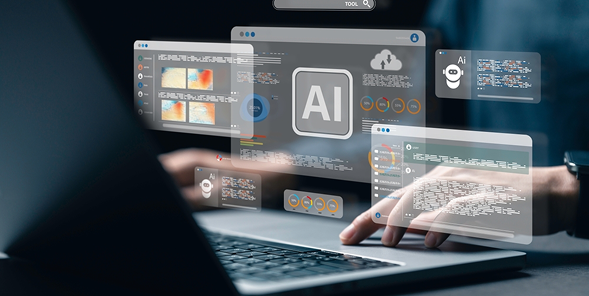

 SaaS Development
SaaS Development Web Application Development
Web Application Development Mobile Application Development
Mobile Application Development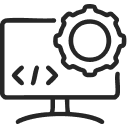 Custom Software Development
Custom Software Development Cloud Development
Cloud Development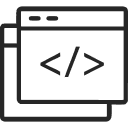 DevOps Development
DevOps Development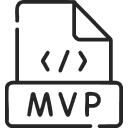 MVP Development
MVP Development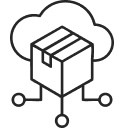 Digital Product Development
Digital Product Development Hire Chatbot Developers
Hire Chatbot Developers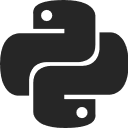 Hire Python Developers
Hire Python Developers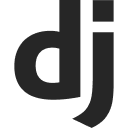 Hire Django Developers
Hire Django Developers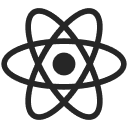 Hire ReactJS Developers
Hire ReactJS Developers Hire AngularJS Developers
Hire AngularJS Developers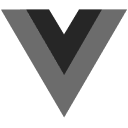 Hire VueJS Developers
Hire VueJS Developers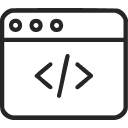 Hire Full Stack Developers
Hire Full Stack Developers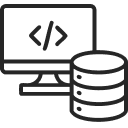 Hire Back End Developers
Hire Back End Developers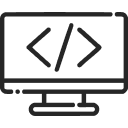 Hire Front End Developers
Hire Front End Developers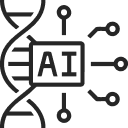 AI Healthcare Software Development & Consulting
AI Healthcare Software Development & Consulting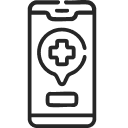 Healthcare App Development
Healthcare App Development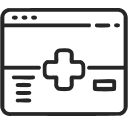 EHR Software Development
EHR Software Development Healthcare AI Chatbot Development
Healthcare AI Chatbot Development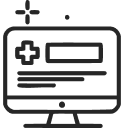 Telemedicine App Development Company
Telemedicine App Development Company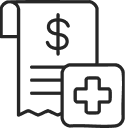 Medical Billing Software Development
Medical Billing Software Development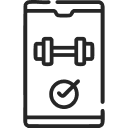 Fitness App Development
Fitness App Development RPM Software Development
RPM Software Development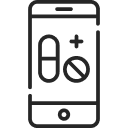 Medicine Delivery App Development
Medicine Delivery App Development Medical Device Software Development
Medical Device Software Development Patient Engagement Software Solutions
Patient Engagement Software Solutions Mental Health App Development
Mental Health App Development Healthcare IT Consulting
Healthcare IT Consulting Healthcare CRM Software Development
Healthcare CRM Software Development Healthcare IT Managed Services
Healthcare IT Managed Services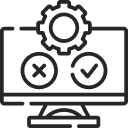 Healthcare Software Testing services
Healthcare Software Testing services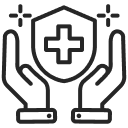 Medical Practice Management Software
Medical Practice Management Software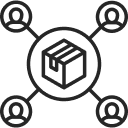 Outsourcing Healthcare IT Services
Outsourcing Healthcare IT Services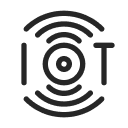 IoT Solutions for Healthcare
IoT Solutions for Healthcare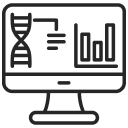 Medical Image Analysis Software Development Services
Medical Image Analysis Software Development Services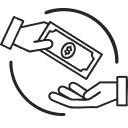 Lending Software Development Services
Lending Software Development Services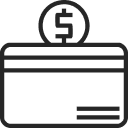 Payment Gateway Software Development
Payment Gateway Software Development Accounting Software Development
Accounting Software Development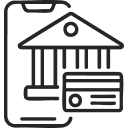 AI-Driven Banking App Development
AI-Driven Banking App Development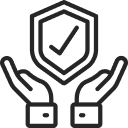 Insurance Software Development
Insurance Software Development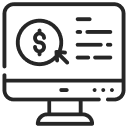 Finance Software Development
Finance Software Development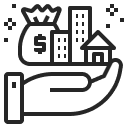 Loan Management Software Development
Loan Management Software Development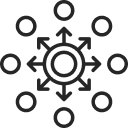 Decentralized Finance Development Services
Decentralized Finance Development Services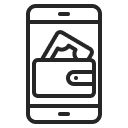 eWallet App Development
eWallet App Development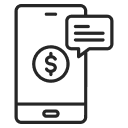 Payment App Development
Payment App Development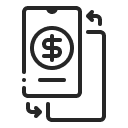 Money Transfer App Development
Money Transfer App Development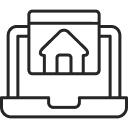 Mortgage Software Development
Mortgage Software Development Insurance Fraud Detection Software Development
Insurance Fraud Detection Software Development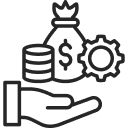 Wealth Management Software Development
Wealth Management Software Development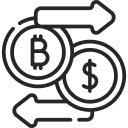 Cryptocurrency Exchange Platform Development
Cryptocurrency Exchange Platform Development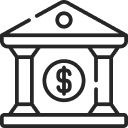 Neobank App Development
Neobank App Development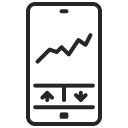 Stock Trading App Development
Stock Trading App Development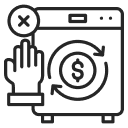 AML software Development
AML software Development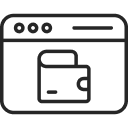 Web3 Wallet Development
Web3 Wallet Development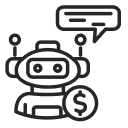 Robo-Advisor App Development
Robo-Advisor App Development Supply Chain Management Software Development
Supply Chain Management Software Development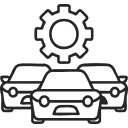 Fleet Management Software Development
Fleet Management Software Development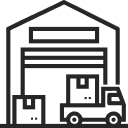 Warehouse Management Software Development
Warehouse Management Software Development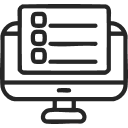 LMS Development
LMS Development Education App Development
Education App Development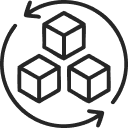 Inventory Management Software Development
Inventory Management Software Development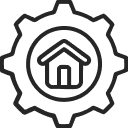 Property Management Software Development
Property Management Software Development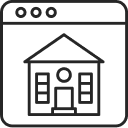 Real Estate CRM Software Development
Real Estate CRM Software Development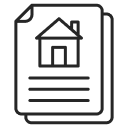 Real Estate Document Management Software
Real Estate Document Management Software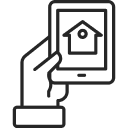 Construction App Development
Construction App Development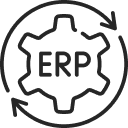 Construction ERP Software Development
Construction ERP Software Development





